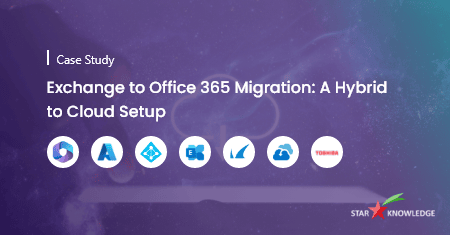Cloud Migration Services
Unlock the Full Potential of Cloud Technology and Ensure a Smooth Transition with Our Comprehensive Cloud Migration Solutions Tailored to Your Unique Business Needs.


Seamless Cloud Migration: Beat Legacy System Struggles!

- Are you considering the transition to the Cloud for your organization?
- Infrastructure Migration
- Application Migration
- Data Migration
- Platform Migration
How We Help

- Seamless Transition: Effortless application and data migration to the cloud.
- Minimal Disruption: Reduced downtime during migration.
- Enhanced Security: Protect your data with our expertise.
- Platform Guidance: We help you choose the right cloud platform.
- Post-Migration Support: Optimize your cloud infrastructure.
- Cutting-Edge Tech: Access the latest migration tools.
Our Cloud Migration Services

Infrastructure Migration
- Migrate servers, storage, and networking components to the cloud.
- Expert assessment of existing infrastructure.
- Customized migration plan for your organization.
- Choose the best-suited cloud platform for your needs.

Application Migration
- Migrate applications to the cloud.
- Includes custom-built and third-party software.
- Ensure full compatibility with cloud platform.
- Optimize for performance and security.

Data Migration
- Move data to the cloud with ease.
- Expertise in databases, files, and various data types.
- Ensured data security throughout the migration.
- Optimization for efficient storage and cloud access.

Platform Migration
- Seamless cloud platform migration assistance.
- Expertise in transitioning from AWS to Microsoft Azure.
- Ensuring compatibility of applications and data.
- Dedicated cloud team for a smooth migration experience.

Post-Migration Support
- Optimize your cloud infrastructure.
- Troubleshoot any issues.
- Ensure ongoing cloud environment alignment.
- Meet your organization’s needs.
Recent Case Studies
Our Cloud Partnerships



Recent Case Studies
The client is a key player in the Financial Services Industry, a reputed investment advisor…
Testimonials
FAQs
Cloud migration refers to the process of moving data, applications, and other business operations from on-premises systems or legacy infrastructure to cloud-based environments. The purpose of cloud migration is to achieve greater flexibility, scalability, and cost-efficiency for the organization by leveraging cloud computing services.
Migrating to the cloud offers several benefits for businesses, including increased flexibility, scalability, and cost savings. Cloud-based environments can help organizations to better manage their resources, enhance collaboration, and improve business continuity.
There are several types of cloud migration, including lift-and-shift, re-platforming, and refactoring. Lift-and-shift migration involves moving existing applications or workloads from on-premises environments to the cloud without making any significant changes to the application architecture. Re-platforming involves making some changes to the application to optimize it for the cloud environment, while refactoring involves completely redesigning the application to take full advantage of cloud-native features and services.
The duration of cloud migration can vary depending on the size and complexity of the organization’s IT infrastructure, the scope of the migration, and the chosen cloud service provider.
When choosing a cloud migration consulting service provider, it’s important to consider factors such as the provider’s experience and expertise in cloud migration, their track record of successful migrations, their approach to project management and communication, and their ability to provide ongoing support and maintenance after the migration is complete. It’s also important to ensure that the provider has a strong understanding of the organization’s specific needs and goals and can tailor their services accordingly.







